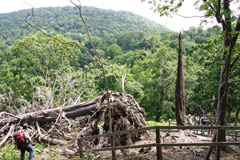
Sakhalin Spruce of Nakajima
This tree, the symbol of Nakajima, was designated as "The 100 Forest Giants of Japan" by Forestry Agency. The typhoon in 2004 was so devastating that it collapsed this huge tree. Now people carefully grow the baby tree with the same gene as the old one.
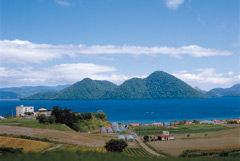
O-shima
Nakajima is a group of four islands in Lake Toya. The largest island of the four, O-shima, measures 9.6 kilometers in circumference and has a pier to the pleasure boats and Lake Toya Forest Museum. (island not accessible during winter)
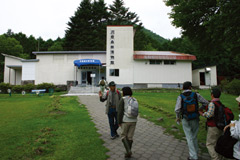
Lake Toya Forest Museum
An exhibition facility introducing the nature of Lake Toya and Nakajima, as well as the role of the local forest industry. The fauna and flora photos, and woods specimens living in Lake Toya are displayed. (closed during winter)
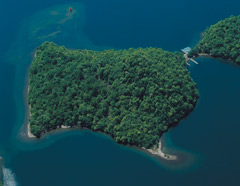
Kannon-jima
This island used to enshrine a sculpture of Kannon, a statue in Buddhism, from the Edo period. The suffix "shima" or "jima" means "island" in Japanese and the island came to be called Kannon-jima. (not accessible during winter)
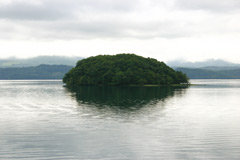
Manju-jima
The smallest island of four. This island has been notorious for the fact that many vipers hang around, and dubbed as "Snake island". (not accessible)
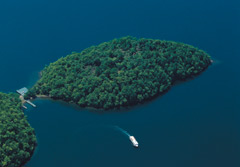
Benten-jima
Since the late Edo period, Benten-jima has enshrined Benzaiten, the goddess of learning, the arts, music and rivers. The island, connected to Kannon-jima with a sandbank, is also called Toppumoshiri ("island of bamboo grass") in the language of Ainu, an ethnic group indigenous to Hokkaido. (not accessible during winter)








